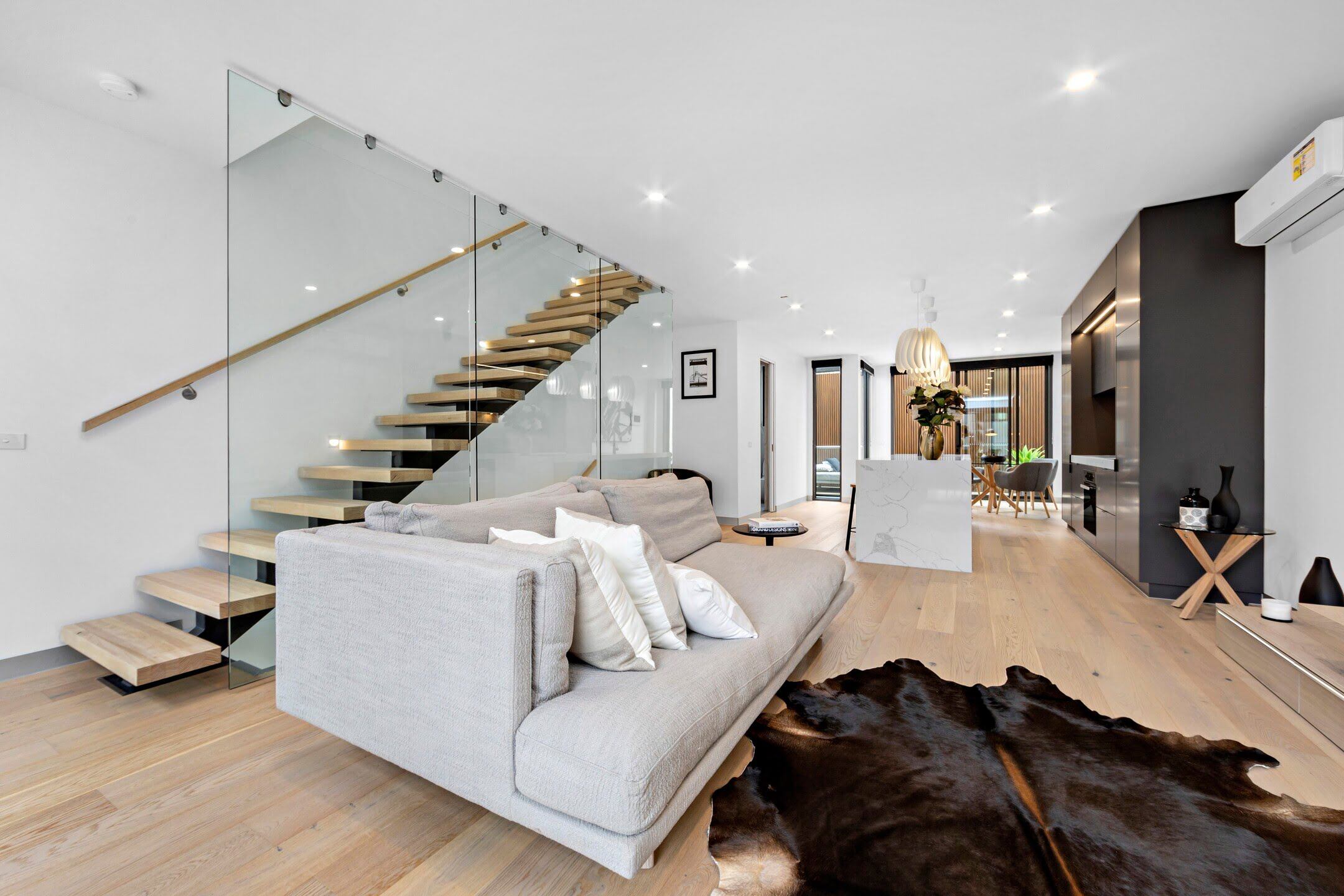

Articles
How To Hide Bathroom From Living Room
Modified: August 28, 2024
Learn how to hide your bathroom from the living room with these informative articles
(Many of the links in this article redirect to a specific reviewed product. Your purchase of these products through affiliate links helps to generate commission for Storables.com, at no extra cost. Learn more)
Introduction
When designing an open floor plan, one common challenge is finding ways to separate spaces while maintaining a seamless flow. In particular, hiding the bathroom from the living room can be a tricky task. However, with the right techniques and creative approaches, it is possible to create privacy and visual separation without compromising on style and functionality.
In this article, we will explore various methods for hiding the bathroom from the living room. Whether you’re looking to create a cozy living space, entertain guests without bathroom distractions, or simply enhance the overall aesthetic, these strategies will help you achieve your goals.
Please note that the methods discussed in this article are suggestions and may vary depending on the layout and size of your living space. It’s important to consider your specific needs and consult with a professional if necessary to ensure a successful implementation.
Key Takeaways:
- Create privacy and visual separation in open floor plans by using methods such as partition walls, sliding screens, hanging curtains, and furniture placement. Consider aesthetics, natural light, and professional advice for successful implementation.
- Achieve a harmonious living space by hiding the bathroom from the living room with options like frosted glass, plants, and room dividers. Balance privacy, functionality, and safety while integrating with the overall design for a seamless result.
Read more: How To Hide A Door In Living Room
Methods for Hiding the Bathroom from the Living Room
There are several effective methods you can use to hide the bathroom from the living room. These options allow you to maintain the desired level of privacy while separating the two areas. Let’s explore each method in detail:
- Using Partition Walls: One of the most common techniques is to install partition walls to create a physical separation between the bathroom and the living room. These walls can be built from various materials such as drywall, glass, or wood. The advantage of using partition walls is that they provide a solid barrier and can be designed to match the overall aesthetics of your living space.
- Sliding or Folding Screens: Another versatile option is to use sliding or folding screens. These screens can be easily expanded or retracted, allowing you to hide the bathroom when needed and reveal it when desired. Sliding or folding screens come in a variety of styles, materials, and sizes, making it easy to find one that complements your living room decor.
- Hanging Curtains or Drapes: If you prefer a more flexible and temporary solution, consider using curtains or drapes to conceal the bathroom. Hanging curtains or drapes helps to create a visual barrier and adds a touch of elegance to your living space. You can choose from a wide range of fabrics, patterns, and colors to match your interior design.
- Bookcase or Shelving Units: Incorporating a bookcase or shelving units can serve a dual purpose of providing storage space and hiding the bathroom. Placing a bookcase or shelving unit strategically between the living room and the bathroom can create a sense of division while also displaying decorative items or books. You can opt for open shelves or use bins and baskets to store items discreetly.
- Room Dividers: Room dividers are another practical and stylish option for separating the bathroom from the living room. From folding screens to decorative panels, room dividers come in various designs and materials to suit different interior themes. They can be easily moved or adjusted based on your privacy needs.
- Frosted Glass or Decorative Window Film: If you want to maintain a sense of openness and natural light while still creating privacy, using frosted glass or decorative window film is a great solution. These materials allow light to pass through while obscuring the view into the bathroom. Frosted glass and window film come in a variety of patterns and designs, giving you the flexibility to choose a style that complements your living room decor.
- Plants or Greenery: Incorporating plants or greenery near the bathroom area can help create a natural and visually appealing separation. Large potted plants or cascading vines can be strategically placed to provide both privacy and a touch of nature. Additionally, plants have the added benefit of improving air quality in your living space.
- Creative Furniture Placement: Lastly, you can use creative furniture placement to create a visual barrier between the bathroom and the living room. By positioning large furniture pieces such as sofas, bookshelves, or cabinets strategically, you can effectively hide the bathroom entrance from direct view. This method allows for flexibility in rearranging furniture to suit your changing needs.
Option 1: Using Partition Walls
One effective method for hiding the bathroom from the living room is to use partition walls. Installing partition walls provides a physical barrier between the two areas, ensuring privacy and separation. Here’s what you need to know about using partition walls:
1. Choose the Right Materials: When selecting materials for the partition walls, consider factors such as durability, sound insulation, and aesthetics. You can opt for traditional drywall for a solid and permanent partition. Alternatively, glass partitions can be a stylish choice, allowing natural light to flow through while still providing privacy. Another option is wooden or bamboo dividers, which add a natural and warm touch to your living space.
2. Design for Coherence: Ensure that the design of the partition walls complements the overall style and theme of your living room. If you have a minimalist and contemporary decor, choose sleek and clean lines. For more rustic or traditional interiors, consider using decorative moldings or ornate frames for the partitions. The goal is to create a visual separation without compromising the unity of the space.
3. Incorporate Storage: Take advantage of the partition walls by incorporating built-in storage options. This can include shelves, cubbies, or niches to store toiletries, towels, or other bathroom essentials. By integrating storage into the partition walls, you can maximize your living space and keep everything organized and easily accessible.
4. Consider Soundproofing: If sound transmission is a concern, especially if you have a loud exhaust fan or running water in the bathroom, consider adding soundproofing materials to the partition walls. Products such as soundproof drywall or acoustic insulation can minimize noise transfer, ensuring a peaceful living room environment.
5. Blend with Decorative Elements: To seamlessly integrate the partition walls with your living room decor, consider incorporating decorative elements. For example, you can hang artwork or install decorative lighting fixtures on the partition walls. By adding these touches, the walls become more than just functional elements and instead contribute to the overall ambiance of the space.
6. Seek Professional Help: Installing partition walls may require the assistance of professionals, especially if you need to modify the existing structural layout. Consulting with an interior designer or contractor can help ensure proper installation, adherence to building codes, and a seamless integration within your living space.
Using partition walls is an effective method for creating privacy and separation between the bathroom and living room. By selecting the right materials, designing for coherence, incorporating storage, considering soundproofing, blending with decorative elements, and seeking professional help if needed, you can successfully achieve a well-hidden bathroom within your open floor plan.
Option 2: Sliding or Folding Screens
Sliding or folding screens offer a versatile and flexible solution for hiding the bathroom from the living room. These screens can be easily expanded or retracted, allowing you to create privacy when desired and open up the space when needed. Here’s what you should know about using sliding or folding screens:
1. Types of Screens: There are various types of sliding or folding screens available, including traditional Japanese-style shoji screens, room dividers with sliding panels, or accordion-style folding screens. Consider the style, material, and size of the screens that best suit your living room decor and the level of privacy you desire.
2. Easy Installation: Sliding or folding screens are relatively easy to install and can be done as a DIY project. Most screens come with installation instructions, and you can choose from freestanding options or ones that can be mounted on tracks or hinges. However, if you are uncertain about installation or if significant modifications are needed, it’s recommended to consult a professional.
3. Customization Options: Many sliding or folding screens offer customization options such as choosing the color, pattern, or material of the screens. This allows you to match the screens with your living room decor and create a cohesive look. Some screens even come with options for adding artwork or decorative motifs.
4. Portable and Flexible: One of the advantages of using sliding or folding screens is their portability and flexibility. You can easily move or adjust the screens based on your privacy needs or to change the layout of your living space. This versatility allows you to adapt the screens according to different situations or when redesigning your room.
5. Privacy and Light Control: Sliding or folding screens provide a customizable level of privacy and light control. Depending on the material or design of the screens, you can achieve varying degrees of opacity, allowing you to create a sense of separation without completely blocking light from either area. Consider your preferences for natural light and privacy when choosing the screens.
6. Enhanced Aesthetics: Sliding or folding screens can serve as decorative elements in your living room. Many screens are beautifully designed with intricate patterns, textures, or motifs that add visual interest to the space. Whether you opt for a more minimalist style or something more ornate, the screens can become a focal point or complement the overall design of your living room.
7. Maintenance and Cleaning: Depending on the material of the screens, maintenance and cleaning requirements may vary. For example, screens made of wood may need periodic oiling or polishing, while fabric screens may require gentle spot cleaning. Consider the long-term maintenance aspects when selecting the screens.
Sliding or folding screens provide a practical and stylish option for hiding the bathroom from the living room. Whether you choose traditional Japanese-style screens or modern accordion-style ones, the flexibility, customization options, and enhanced aesthetics make them a popular choice. With sliding or folding screens, you can easily achieve privacy and separation while maintaining the open flow of your living space.
Option 3: Hanging Curtains or Drapes
Using hanging curtains or drapes is a flexible and customizable option for hiding the bathroom from the living room. Curtains provide a soft and elegant way to create a visual barrier while adding texture and style to your living space. Here’s what you need to know about using curtains or drapes:
1. Choose the Right Fabric: Select a fabric for your curtains that complements the overall style and decor of your living room. Consider the color, pattern, and texture of the fabric. Sheer or lightweight fabrics can add a subtle separation while allowing natural light to pass through. Thicker or blackout curtains offer more privacy and light control.
2. Measure and Install Properly: Accurate measurements are crucial for proper installation of curtains or drapes. Measure the height and width of the area you want to cover, allowing for any necessary overlap. Install curtain rods or tracks securely, ensuring they can support the weight of the curtains without sagging or falling.
3. Consider Floor-to-Ceiling Length: To create a sense of height and elongate the space, opt for floor-to-ceiling length curtains. These curtains visually elongate the walls and provide a more dramatic and elegant look. However, if you prefer a more casual or relaxed style, you can choose curtains that stop just above the floor.
4. Coordinating Colors and Patterns: Consider the color palette and patterns in your living room when choosing the curtains. You can either match the curtains to the existing color scheme for a cohesive look or add a contrasting pop of color or pattern to create visual interest. Just ensure that the curtains complement the overall aesthetic of your living space.
5. Layering and Tiebacks: To add depth and texture, consider layering curtains or using tiebacks. Layering sheer curtains with heavier ones allows for privacy while still letting in natural light. Tiebacks or curtain holdbacks can be used to gather the curtains to the side when the bathroom is not in use, creating an open and inviting living room space.
6. Functionality and Versatility: Apart from providing privacy, curtains can also serve functional purposes. For example, blackout curtains can block out light to create a cozy atmosphere for movie nights. Sheer curtains can act as filters to diffuse light and create a soft, dreamy ambiance. Consider the specific functions you want the curtains to serve when selecting the appropriate fabric and style.
7. Maintenance and Cleaning: Regular maintenance and cleaning are important to ensure that your curtains remain fresh and in good condition. Check the care instructions for the specific fabric of your curtains and follow the recommended cleaning methods. Some curtains can be machine-washed, while others may require professional dry-cleaning.
Hanging curtains or drapes provides a versatile and elegant solution for hiding the bathroom from the living room. By choosing the right fabric, measuring and installing properly, coordinating colors and patterns, and considering functionality and maintenance, you can transform your living space while maintaining privacy and style.
Read more: How To Hide Speakers In Living Room
Option 4: Bookcase or Shelving Units
Using a bookcase or shelving units is a practical and creative way to hide the bathroom from the living room. These functional furniture pieces not only provide storage space but also serve as a visual barrier between the two areas. Here’s how you can incorporate a bookcase or shelving units:
1. Strategic Placement: Position the bookcase or shelving unit strategically between the living room and the bathroom entrance. This placement creates a clear separation and obscures the view into the bathroom while adding a decorative touch to your living space. Consider the size and shape of the space when selecting a bookcase or shelving unit to ensure a proper fit.
2. Utilize Open Shelving: Open shelving allows you to display decorative items or books, while also concealing the bathroom entrance. Arrange books, plants, or other decorative objects to create an attractive visual display that distracts the eye from the bathroom area. Make sure to choose items that complement the style and theme of your living room.
3. Use Bins or Baskets: If you prefer a more discreet way to hide the bathroom entrance, use bins or baskets on the shelves. These storage containers can hold bathroom essentials that need to be easily accessible while keeping them out of sight. Opt for bins or baskets that blend well with the overall design of the bookcase or shelving unit.
4. Incorporate Closed Cabinets: To completely hide the bathroom entrance, opt for bookcases or shelving units with closed cabinets. These cabinets can serve as additional storage space while keeping the bathroom concealed. Choose cabinets with doors that match the overall style of your living room, whether it’s a sleek modern design or a traditional wooden finish.
5. Blend with Decor: Ensure that the bookcase or shelving unit complements the decor of your living room. Choose a design, color, and material that harmonize with the existing furniture and overall aesthetic. By integrating the bookcase or shelving unit seamlessly, it becomes a natural extension of the living room decor rather than an imposing divider.
6. Lighting Considerations: Proper lighting can enhance the visual appeal of the bookcase or shelving unit, as well as highlight the items displayed. Consider incorporating ambient or accent lighting to illuminate the shelves and create a warm and inviting atmosphere. This lighting can also draw attention to the decorative items and divert the focus from the bathroom entrance.
7. Maintain Easy Accessibility: While the purpose of the bookcase or shelving unit is to hide the bathroom, it’s important to ensure easy access when needed. Be mindful of its placement, allowing for a clear and unobstructed path to the bathroom entrance. This way, functionality is maintained while achieving the desired visual separation.
A bookcase or shelving unit offers a practical and visually appealing option for hiding the bathroom from the living room. By strategically placing the unit, utilizing open shelving or closed cabinets, blending with the overall decor, considering lighting options, and maintaining accessibility, you can create a well-hidden bathroom area that seamlessly integrates with your living space.
Use room dividers or sliding doors to create a physical barrier between the bathroom and living room. Consider using curtains or blinds for a more temporary solution.
Option 5: Room Dividers
Using room dividers is a stylish and versatile option for hiding the bathroom from the living room. Room dividers provide a physical barrier and visual separation between the two areas while adding a touch of elegance to your living space. Here’s how you can incorporate room dividers:
1. Choose the Right Style: Room dividers come in various styles, materials, and designs. Consider the overall aesthetic of your living room and select a divider that complements the existing decor. Whether you prefer a sleek and modern design or a more traditional and ornate look, there are options to suit every taste and interior theme.
2. Opt for Portable Dividers: Portable room dividers offer flexibility as they can be easily moved and repositioned according to your needs. These dividers come in a variety of designs, including folding screens, panel screens, or even curtains on tracks. You can position them as desired to create privacy when needed or open up the space for a more open feel.
3. Consider Fixed Dividers: If you prefer a more permanent solution, fixed room dividers can be a great option. These dividers are usually installed as a part of the architectural design and can provide a seamless integration within the living room. Fixed dividers can be constructed from various materials such as glass, wood, or metal, depending on your preferences and the overall style of your home.
4. Blend with the Decor: Ensure that the room divider complements the decor of your living room. Consider the color, finish, and design of the divider to create a harmonious look. You can choose a divider that acts as a statement piece or one that seamlessly blends with the existing furniture and decor. The goal is to create a cohesive and visually pleasing living space.
5. Incorporate Functional Elements: Room dividers can serve multiple functions beyond just creating a visual separation. Consider dividers with additional features such as built-in storage shelves, display niches, or even a small desk area. These functional elements not only maximize the use of space but also add practicality to the design of your living room.
6. Lighting Considerations: Proper lighting is essential when incorporating room dividers. Ensure that the divider does not block the natural light sources in your living room. You can also use lighting fixtures strategically to enhance the visual appeal of the room divider and create an inviting atmosphere. Consider ambient, task, or accent lighting to highlight the divider and its surroundings.
7. Maintain Openness: While room dividers are meant to create separation, it’s important to maintain a sense of openness in your living room. Avoid using dividers that completely block the view or restrict the flow of natural light. Opt for designs that allow light to pass through, such as dividers with latticework, open frames, or translucent materials.
Room dividers offer a practical and stylish solution for hiding the bathroom from the living room. By choosing the right style, opting for portable or fixed dividers, blending with the decor, incorporating functional elements, considering lighting options, and maintaining openness, you can achieve privacy and separation without sacrificing the overall aesthetic of your living space.
Option 6: Frosted Glass or Decorative Window Film
Using frosted glass or decorative window film is a modern and creative option for hiding the bathroom from the living room. These materials provide privacy while allowing natural light to pass through, creating a sense of openness and elegance. Here’s how you can incorporate frosted glass or decorative window film:
1. Frosted Glass: Installing frosted glass is an effective way to obscure the view into the bathroom while still allowing light to filter through. Frosted glass is available in various forms, including glass panels, doors, or partitions. It creates a smooth, translucent surface that diffuses light, providing privacy without sacrificing the brightness of your living space.
2. Decorative Window Film: Decorative window film is an affordable and versatile alternative to frosted glass. It can create the look of frosted glass or be customized with various designs, patterns, or even company logos. Decorative window film comes in a range of opacities, allowing you to achieve different levels of privacy. With window film, you can add beauty and personality to your living space while concealing the bathroom from view.
3. Placement Considerations: Determine the areas where frosted glass or window film would be most beneficial in creating privacy. This could include windows near the bathroom, glass doors, or even glass partitions within the living room. Assess the layout of your living space and select the specific areas where you want to achieve privacy while maintaining natural light flow.
4. DIY Application or Professional Installation: Window film can typically be applied as a do-it-yourself project, following the manufacturer’s instructions. However, for larger or more complex installations, it may be advisable to seek professional help. Professionals can ensure proper application, seamless finishes, and precise measurements, especially for intricate designs or large glass surfaces.
5. Customization Options: One of the advantages of using window film is the ability to customize it based on your preferences. Explore different patterns, designs, or colors to match your living room decor. Whether you prefer a modern geometric design or a more classic etched look, there are endless options to suit your style and create a unique aesthetic.
6. Maintenance and Cleaning: Frosted glass and window film are relatively low-maintenance options. Regular cleaning with mild soap and water or a non-abrasive glass cleaner is usually sufficient to keep them looking fresh and clear. Avoid using abrasive materials or harsh chemicals that may damage the surface of the glass or film.
7. Enhanced Lighting: Frosted glass or decorative window film can enhance the lighting effects in your living room. The diffused light passing through the glass creates a soft and inviting ambiance. Consider using strategic lighting fixtures such as spotlights or wall sconces to further illuminate the frosted glass or window film, highlighting their decorative qualities.
Using frosted glass or decorative window film offers an elegant and modern solution for hiding the bathroom from the living room. Whether you opt for frosted glass panels, doors, or decorative window film with unique patterns, these options provide privacy while allowing natural light to flow through, enhancing the overall atmosphere of your living space.
Option 7: Plants or Greenery
Incorporating plants or greenery is a creative and natural option for hiding the bathroom from the living room. Not only do plants add a touch of beauty and freshness to your living space, but they can also provide a visual barrier, creating privacy while maintaining a sense of openness. Here’s how you can use plants or greenery:
1. Choose the Right Plants: Select plants that thrive in the conditions of your living room, such as lighting, temperature, and humidity levels. Consider plants with lush foliage, such as tall potted plants, hanging plants, or cascading ivy. Opt for plants with dense leaf coverage to create a more effective visual barrier.
2. Placement: Strategically place plants or greenery near the bathroom entrance to create a natural separation. Arranging tall plants or a grouping of smaller plants can obscure the view into the bathroom while adding natural beauty to your living room. Consider the layout of your living space and the specific areas where you want to achieve privacy and create a pleasing aesthetic.
3. Floor Plants: Floor plants, such as tall potted trees or palms, can effectively delineate the living room and hide the bathroom from view. Place these plants near the entryway or in corners to create a visual barrier. Ensure that the plants are proportionate to the space and do not overwhelm the room.
4. Hanging Plants: Hanging plants or cascading vines can be used creatively to create a separation between the living room and the bathroom entrance. Hang these plants from hooks or macrame hangers near the doorway or along a curtain rod. The cascading foliage provides privacy while adding a charming and whimsical element to the space.
5. Living Walls: Consider creating a living wall using plants or greenery. Living walls are vertical gardens that can be installed on a section of the wall between the bathroom and the living room. These walls can consist of a variety of plants, such as succulents, ferns, or air plants, and can act as a natural and visually stunning barrier.
6. Maintenance: Regular maintenance is essential to ensure the health and vitality of your plants. Follow the care instructions for each plant, including watering, fertilizing, and pruning. Monitor the light levels and humidity in the living room to ensure that the plants are thriving in their environment.
7. Plant Selection Considerations: When selecting plants, consider factors such as toxicity and allergenic properties. Choose plants that are safe for pets and humans and that do not trigger allergies. Research the specific care requirements of each plant to ensure they are suitable for your living space and lifestyle.
Using plants or greenery is a natural and aesthetically pleasing option for hiding the bathroom from the living room. By selecting appropriate plants, strategically placing them, incorporating tall or hanging plants, considering living walls, providing proper maintenance, and being mindful of plant selection considerations, you can create a welcoming and visually appealing living space while achieving privacy.
Read more: How To Hide Xbox In Living Room
Option 8: Creative Furniture Placement
Creative furniture placement is a practical and versatile option for hiding the bathroom from the living room. By strategically arranging your furniture, you can create a visual barrier that effectively separates the two areas. Here’s how you can utilize creative furniture placement:
1. Position Large Furniture: Place larger furniture pieces, such as sofas, bookshelves, or cabinets, strategically between the living room and the bathroom entrance. These substantial items act as physical dividers, blocking direct view into the bathroom while adding functionality to your living space. Consider the size and shape of the furniture in relation to the room layout to ensure a seamless fit.
2. Create Distinct Zones: Use furniture placement to define distinct zones within your open floor plan. For example, you can position the sofa and coffee table in a way that creates a separate seating area, effectively concealing the bathroom entrance from direct view. By creating dedicated zones, you give the appearance of separate rooms while maintaining an open and airy feel.
3. Utilize Shelving or Cabinet Systems: Incorporate shelving or cabinet systems to not only provide storage but also conceal the bathroom entrance. Place a shelving unit or cabinets near or around the bathroom area, effectively creating a visual barrier. By utilizing these furniture pieces, you add functionality and style to your living room while maintaining privacy.
4. Consider Room Layout: Assess the layout of your living space and experiment with different furniture arrangements to find the most effective way to hide the bathroom. Pay attention to the flow of movement and ensure that the furniture placement doesn’t create obstacles or impede the functionality of the room. Optimize your living room layout to achieve privacy and a harmonious overall design.
5. Use Decorative Partitions: If you prefer a more decorative approach, consider using decorative partitions or screens. These furniture pieces not only create a physical barrier but also add an artistic and stylish element to your living space. Select partitions or screens with intricate designs, patterns, or textures that complement your interior decor.
6. Consider Multifunctional Furniture: Utilize multifunctional furniture pieces to optimize space and hide the bathroom entrance. For example, consider using a room divider that doubles as a storage unit or a bench with hidden compartments. By incorporating furniture that serves dual purposes, you maximize functionality and keep the bathroom area discreet.
7. Lighting Considerations: Pay attention to lighting when arranging your furniture. Ensure that there is adequate lighting in both the living room and the bathroom area. Consider incorporating additional lighting fixtures such as floor lamps or wall sconces to illuminate specific areas and maintain a well-lit living space.
Creative furniture placement offers a practical and visually appealing solution for hiding the bathroom from the living room. By strategically positioning large furniture, creating distinct zones, utilizing shelving or cabinet systems, considering the room layout, using decorative partitions, opting for multifunctional furniture, and paying attention to lighting, you can effectively create privacy while enhancing the overall aesthetic and functionality of your living space.
Considerations and Tips for Hiding the Bathroom from the Living Room
When it comes to hiding the bathroom from the living room, there are a few important considerations and tips to keep in mind. These will help you achieve a successful and seamless integration while maintaining privacy and functionality. Here are some key points to consider:
1. Evaluate Your Privacy Needs: Assess the level of privacy you desire for your bathroom. Consider factors such as the proximity to the living room, the number of occupants in your home, and the frequency of guests. This will help you determine which option or combination of options will be most suitable for your specific situation.
2. Harmonize with the Overall Design: Ensure that the method you choose to hide the bathroom aligns with the overall design and style of your living room. The goal is to create a cohesive and visually appealing space. Consider the materials, colors, and patterns used in your living room decor, and select options that blend seamlessly with the existing elements.
3. Maximize Natural Light: If maintaining natural light flow is important to you, opt for options that allow light to pass through while still providing privacy. Consider the use of frosted glass, decorative window film, or open shelving to achieve a balance between openness and privacy. Utilizing natural light can help create an inviting and spacious feel in your living room.
4. Seek Professional Advice if Needed: If you are unsure about structural modifications, installation techniques, or the best method for hiding the bathroom, consider consulting with a professional. An interior designer, architect, or contractor can provide valuable insights, recommend suitable options, and ensure that any changes adhere to building codes and regulations.
5. Consider Soundproofing: If the noise level from the bathroom is a concern, particularly with the use of exhaust fans or running water, consider incorporating soundproofing materials into the chosen method. This will help minimize noise transfer and create a more peaceful living room environment.
6. Regular Maintenance: Whichever option you choose, it’s important to maintain regular upkeep to preserve its functionality and appearance. This can include cleaning curtains or drapes, dusting shelving units, pruning plants, or polishing glass surfaces. By keeping everything well-maintained, you will ensure that the hidden bathroom area remains discreet and visually pleasing.
7. Test the Layout: Before finalizing the placement of furniture, partitions, or dividers, test different layouts to ensure they provide the desired level of privacy and functionality. Experiment with different arrangements, taking into account the flow of movement, access to the bathroom, and the overall visual impact on the living room space.
8. Be Mindful of Safety: Pay attention to safety considerations when implementing your chosen method. Ensure that any structural modifications or installations are done properly, and that all materials used are sturdy and secure. This will ensure the long-term safety and durability of your design solution.
By considering these tips and taking into account your specific needs, preferences, and the layout of your living space, you can successfully hide the bathroom from the living room. Remember to strike a balance between privacy, functionality, and aesthetic appeal to create a harmonious and enjoyable living environment.
Conclusion
When designing an open floor plan, the challenge of hiding the bathroom from the living room can be overcome with creativity, practicality, and style. From using partition walls and sliding or folding screens to hanging curtains or drapes, incorporating bookcases or shelving units, room dividers, frosted glass or decorative window film, plants or greenery, creative furniture placement, there are various options available to create privacy and visual separation without compromising the overall flow and aesthetic of your living space.
Considerations and tips such as evaluating your privacy needs, harmonizing with the overall design, maximizing natural light, seeking professional advice if needed, soundproofing if necessary, regular maintenance, testing the layout before finalizing, and prioritizing safety are important factors to keep in mind when selecting and implementing the method that best suits your preferences and living space.
By utilizing these methods and considering these factors, you can achieve a well-hidden bathroom area that seamlessly integrates with your living room. The chosen method should not only provide privacy but also enhance the overall visual appeal and functionality of the space.
Remember, each living space is unique, and the method you choose should be tailored to your specific needs and preferences. Whether you desire a sleek and modern look or a cozy and rustic feel, there is a solution that will work for you.
With careful planning, attention to detail, and a touch of creativity, you can successfully hide the bathroom from the living room, creating a harmonious and inviting living space that meets your privacy needs while showcasing your personal style.
Frequently Asked Questions about How To Hide Bathroom From Living Room
Was this page helpful?
At Storables.com, we guarantee accurate and reliable information. Our content, validated by Expert Board Contributors, is crafted following stringent Editorial Policies. We're committed to providing you with well-researched, expert-backed insights for all your informational needs.
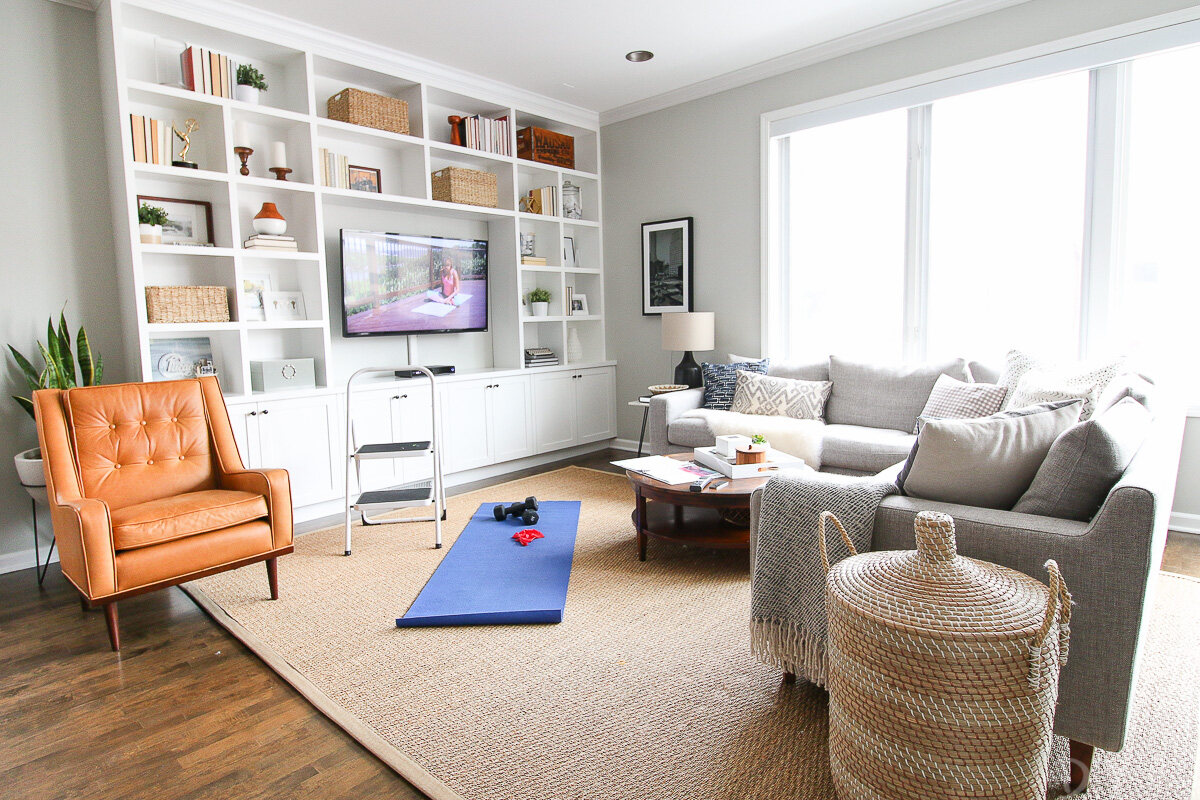
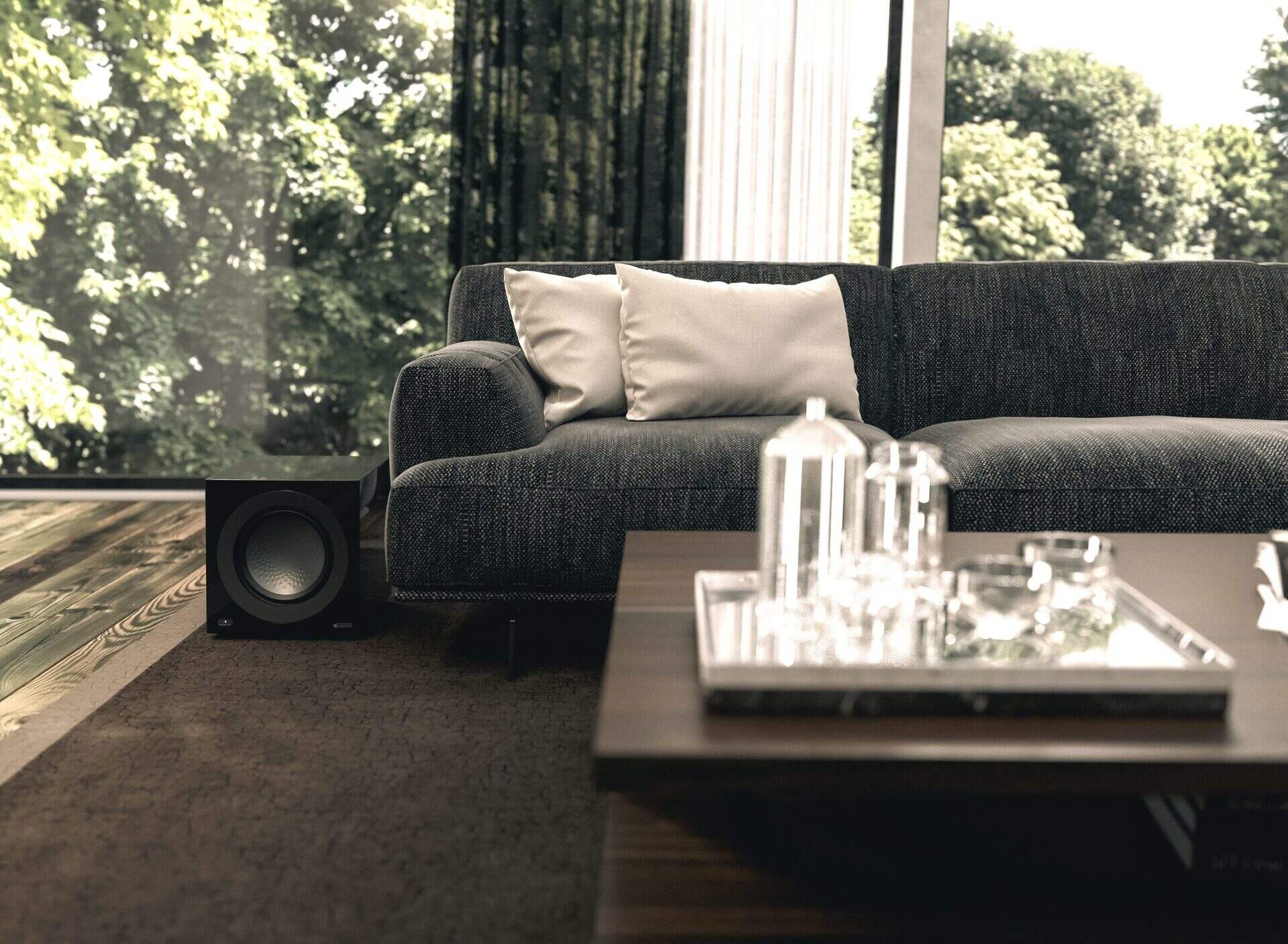
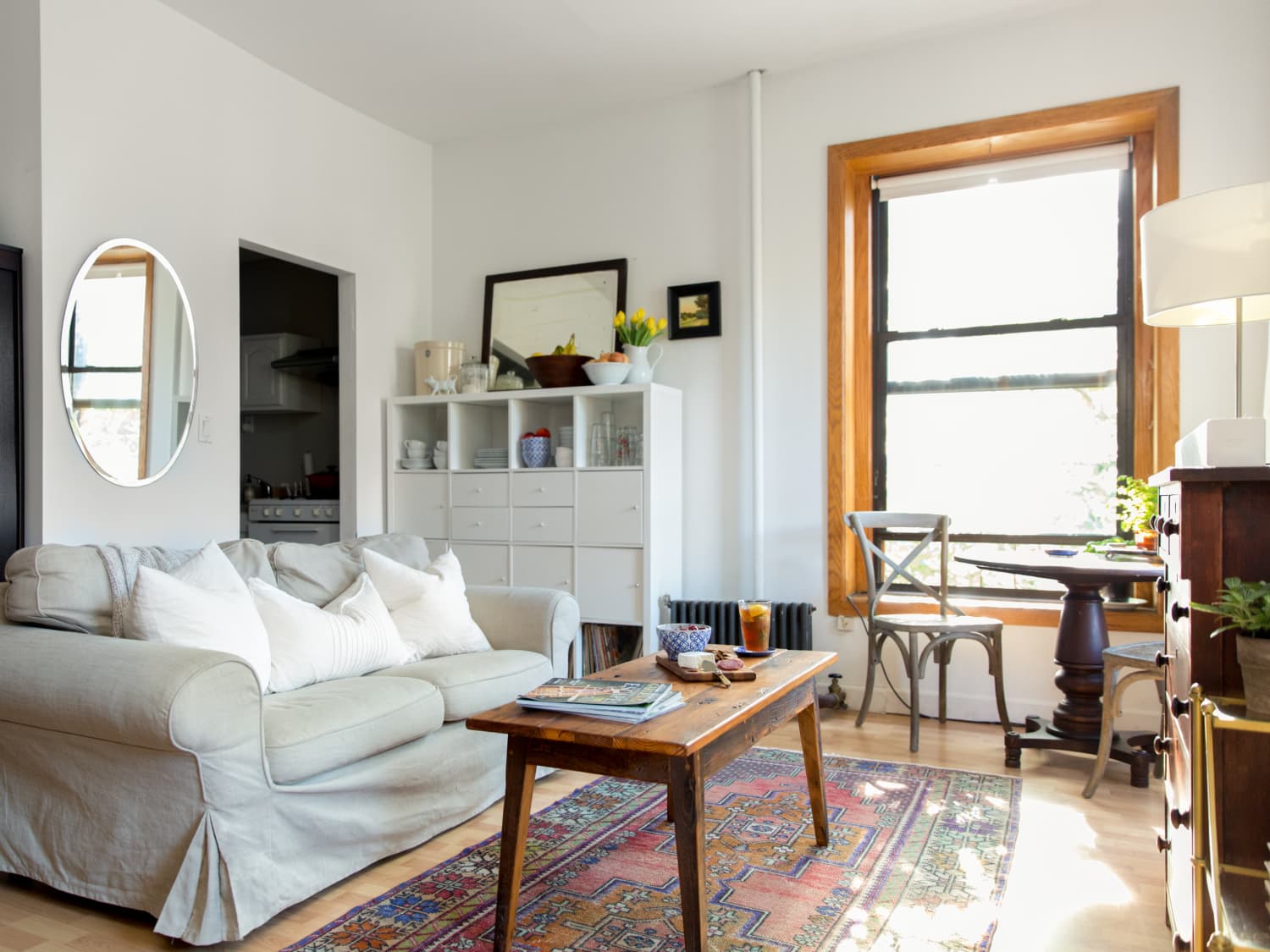
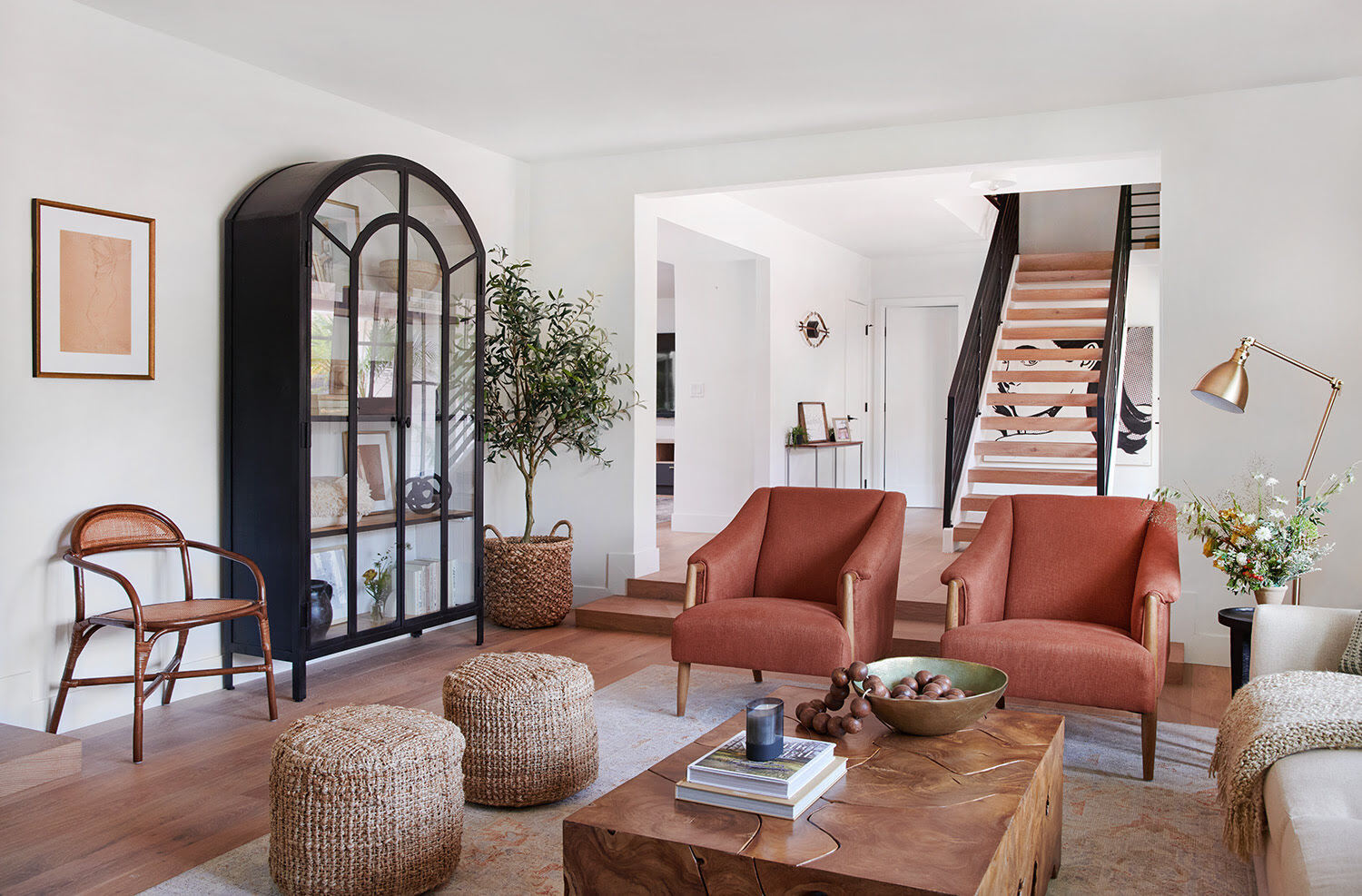
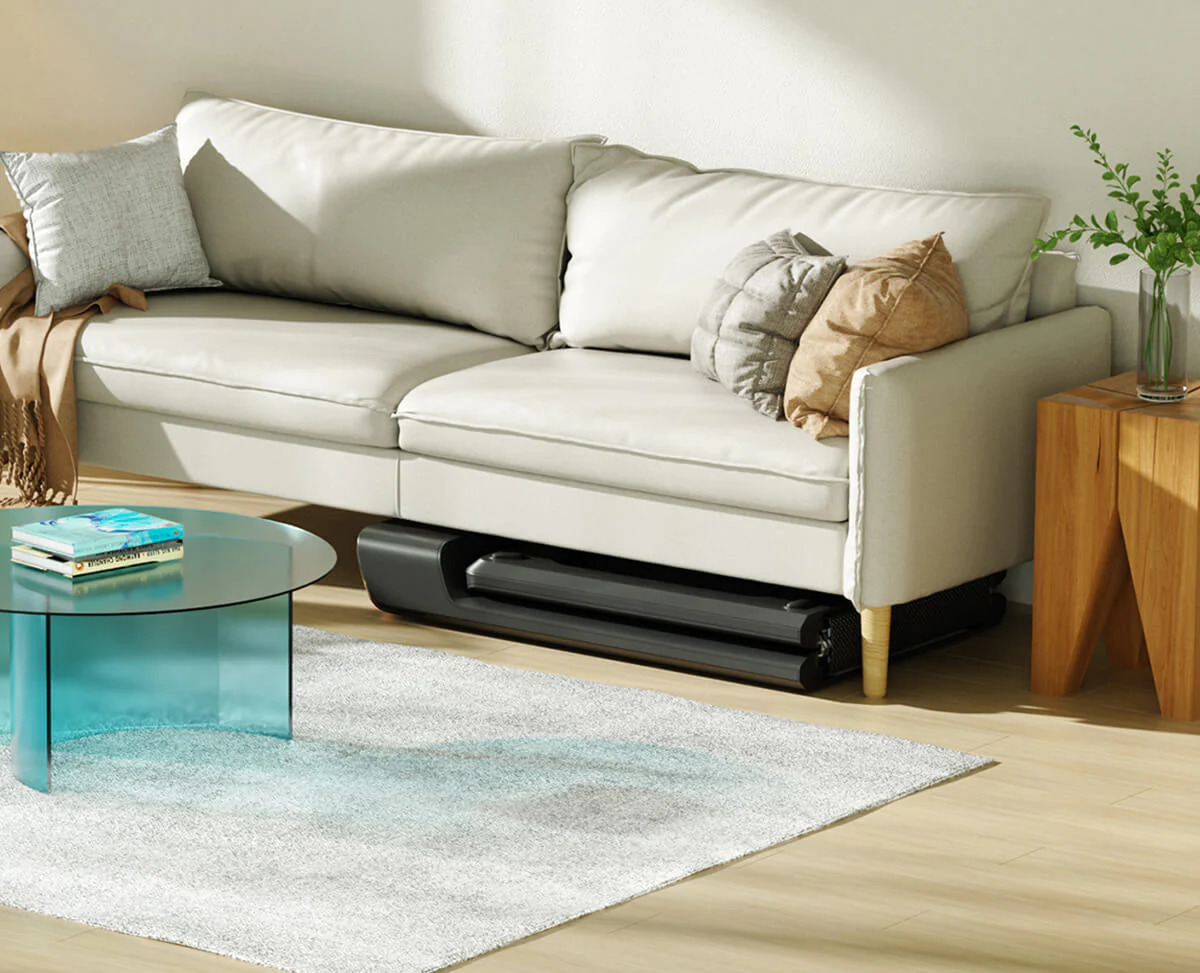
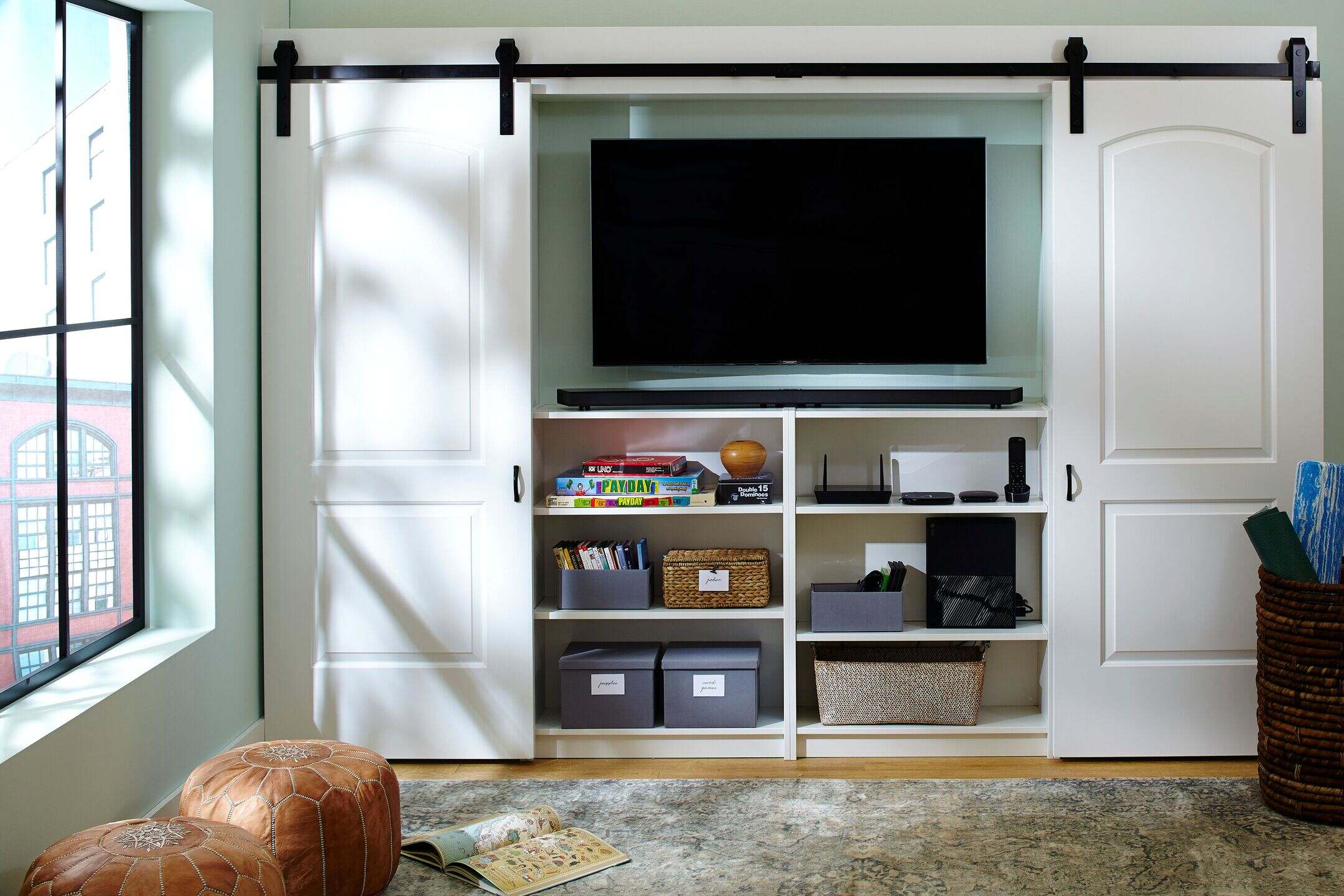
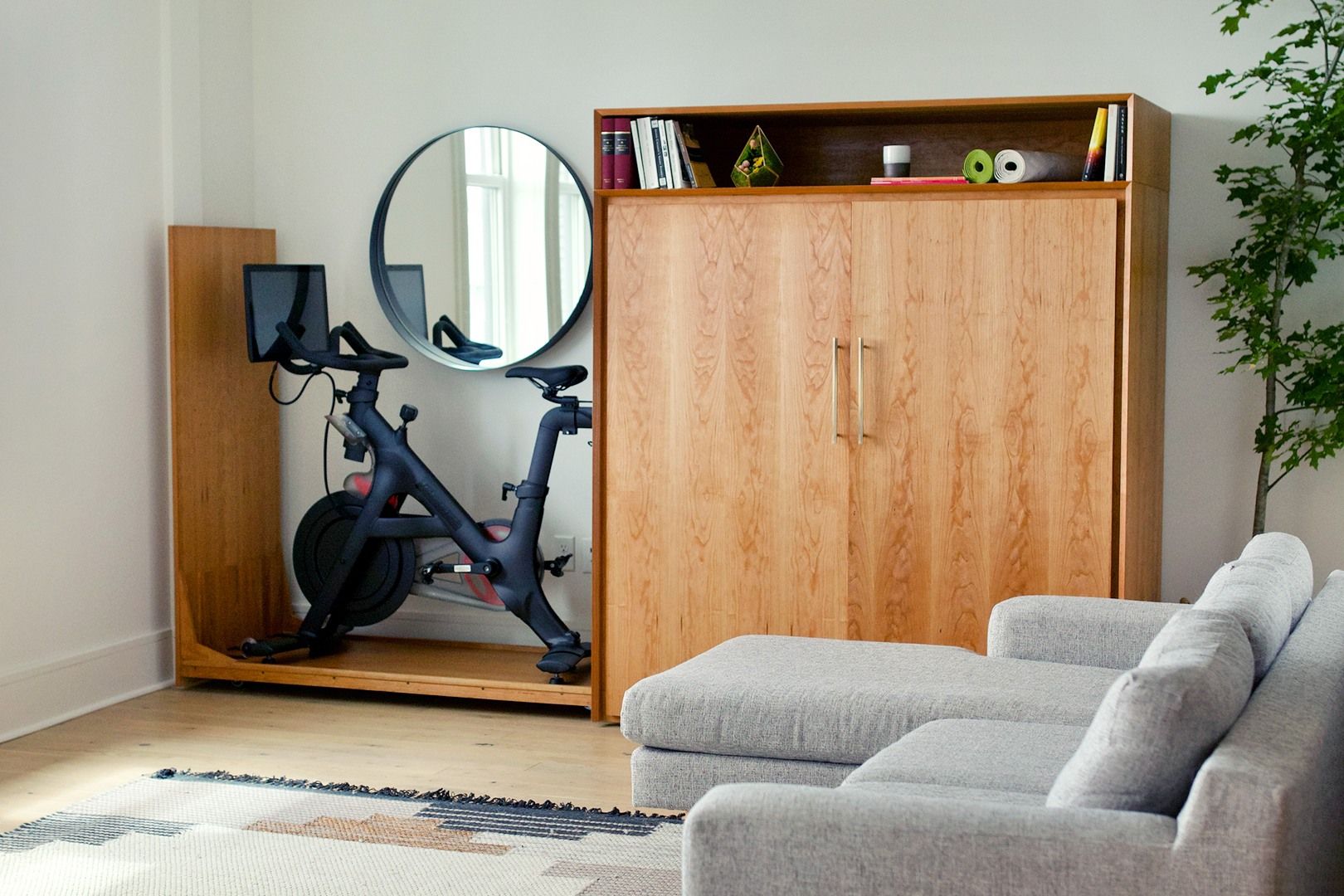
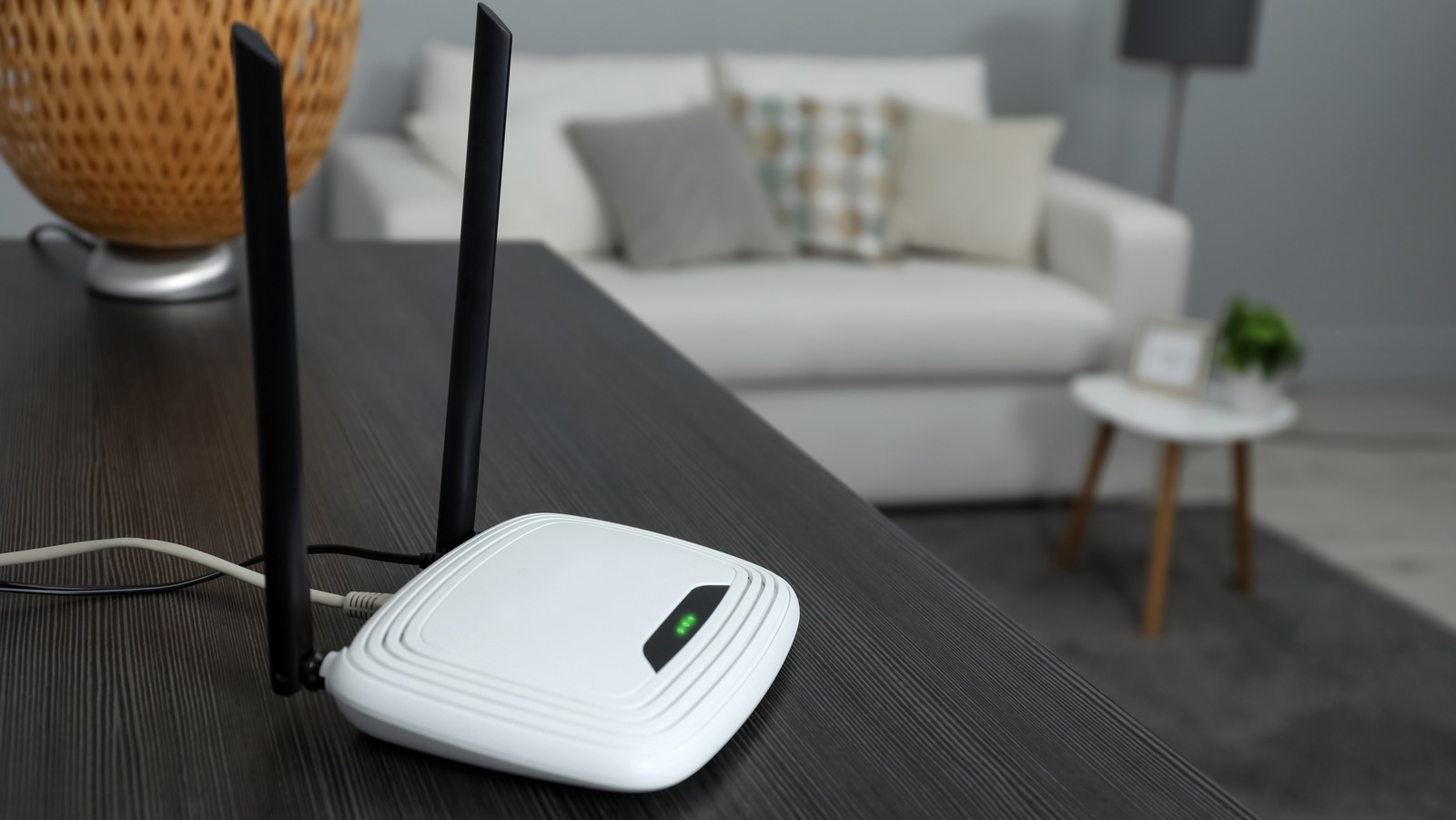

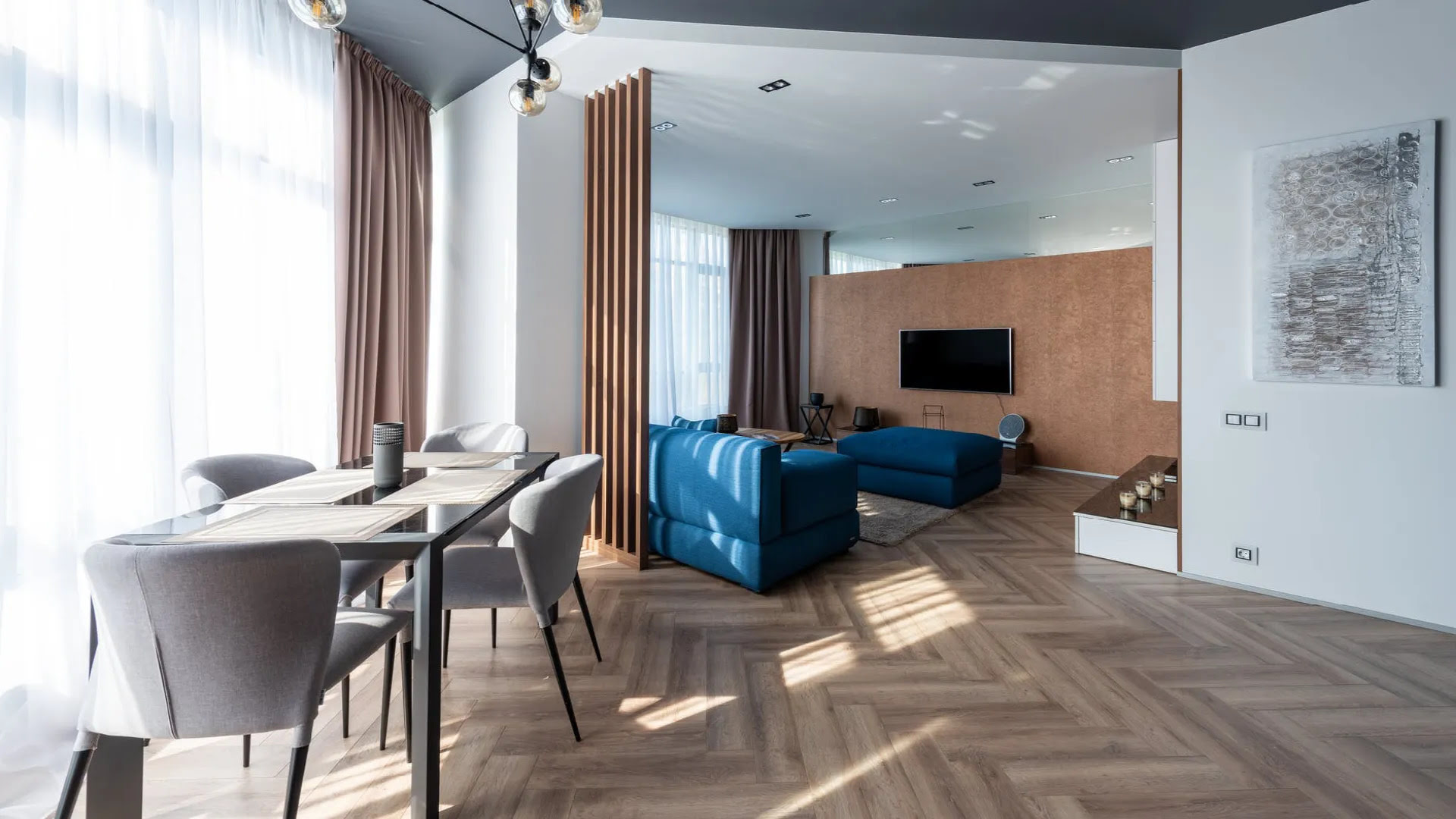
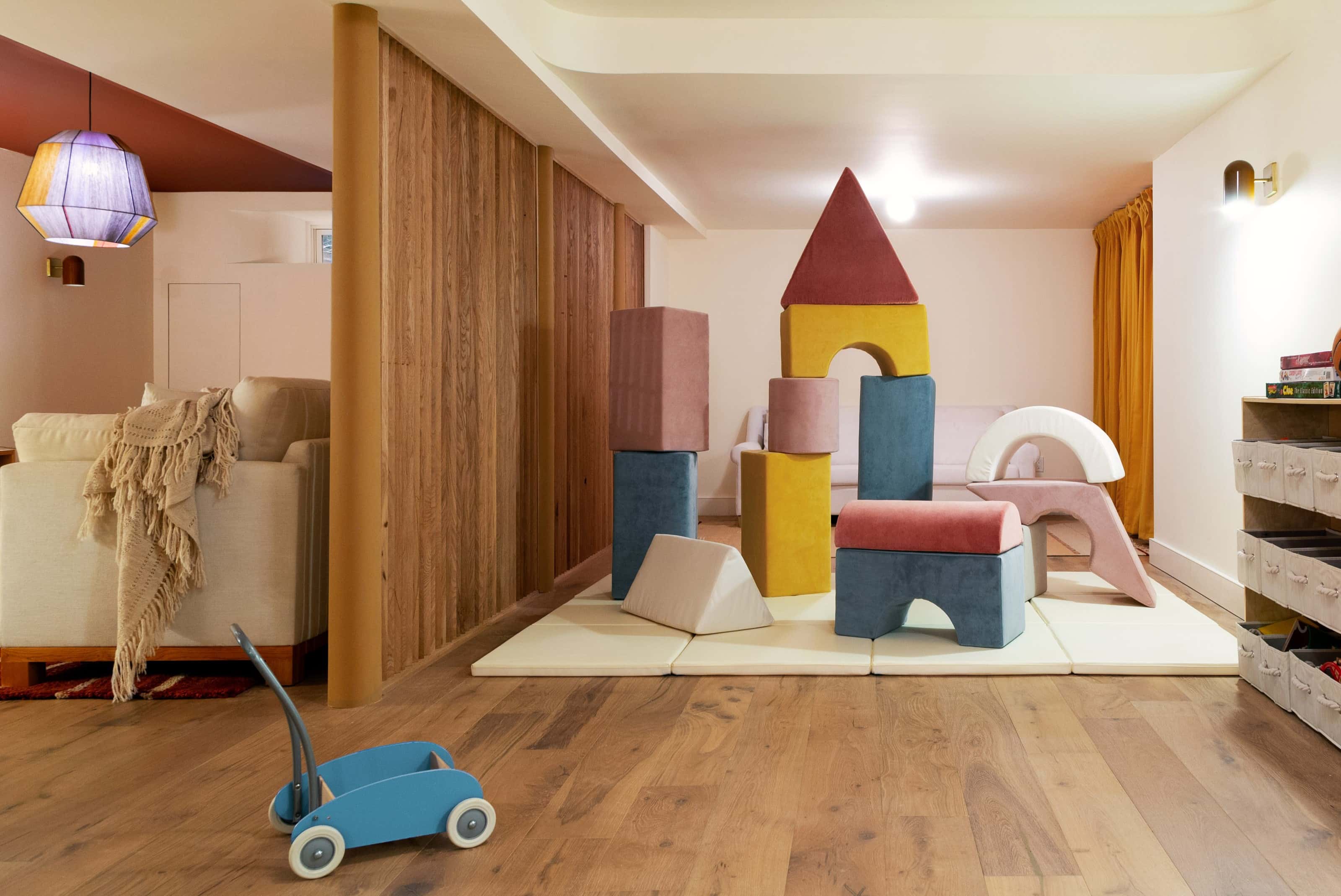

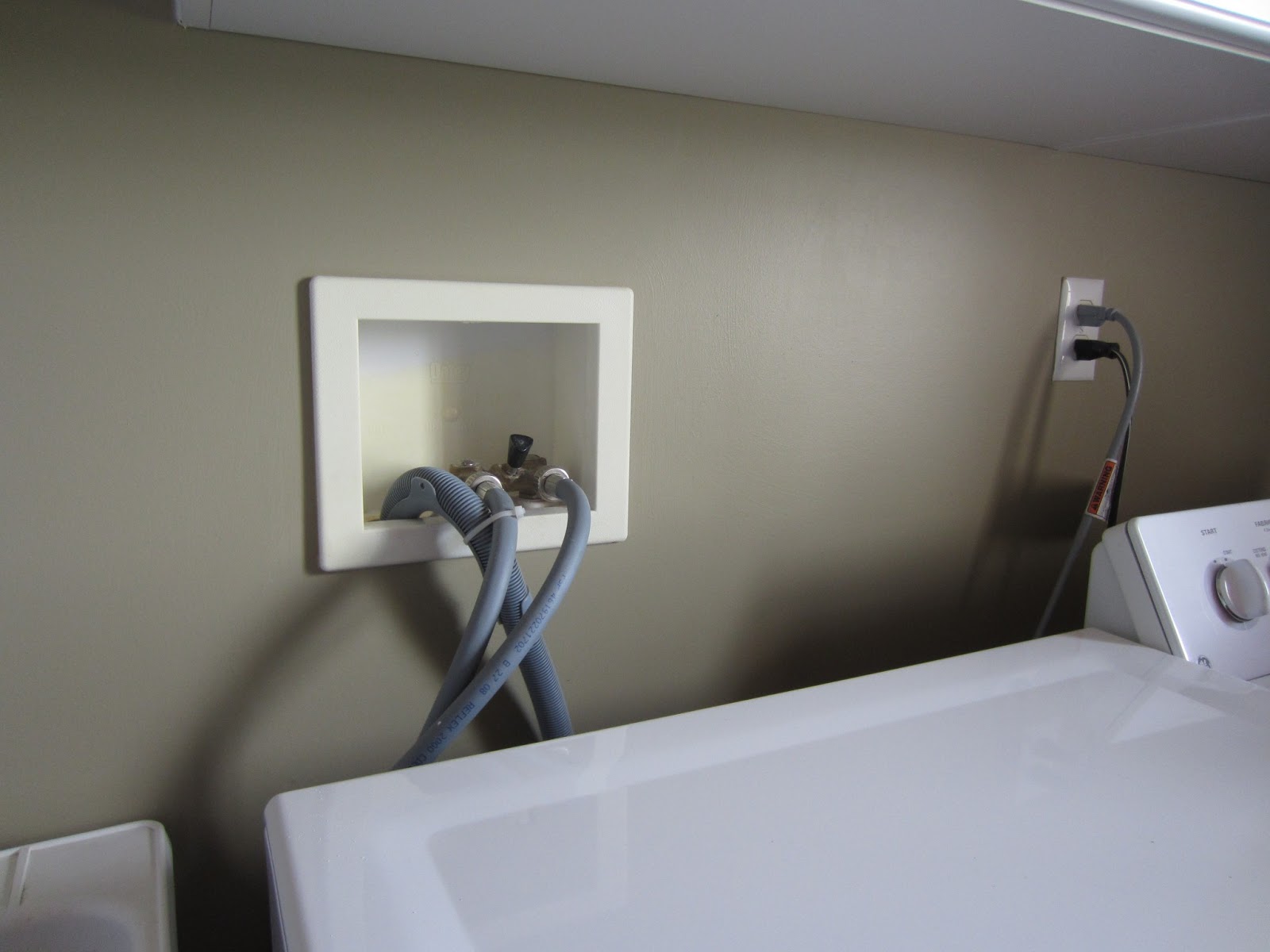

0 thoughts on “How To Hide Bathroom From Living Room”